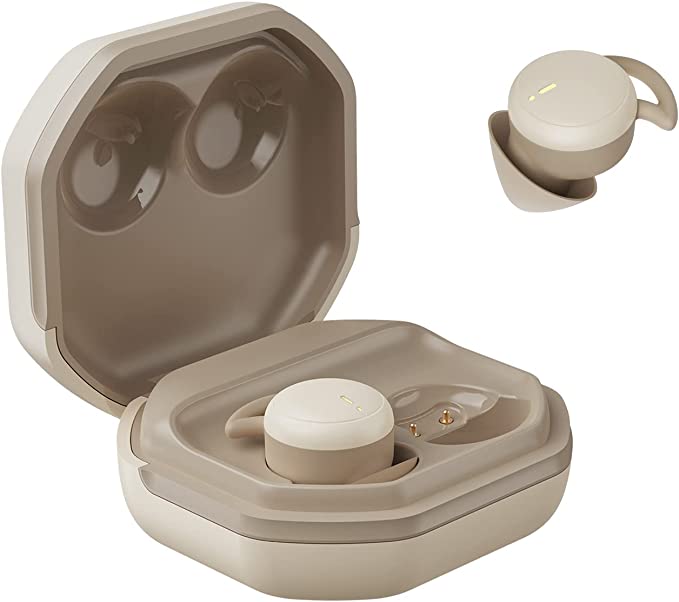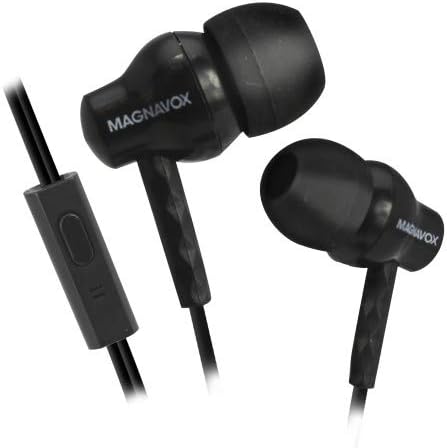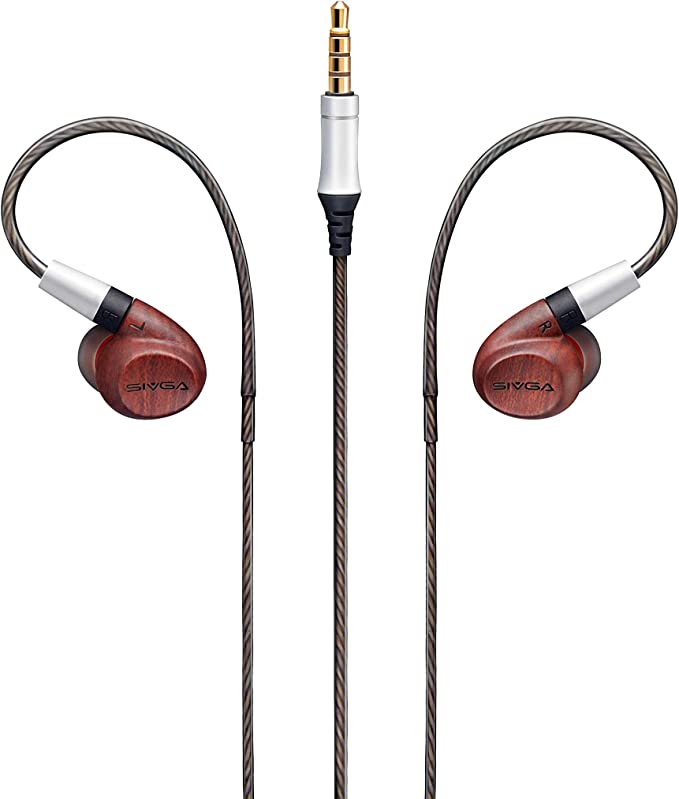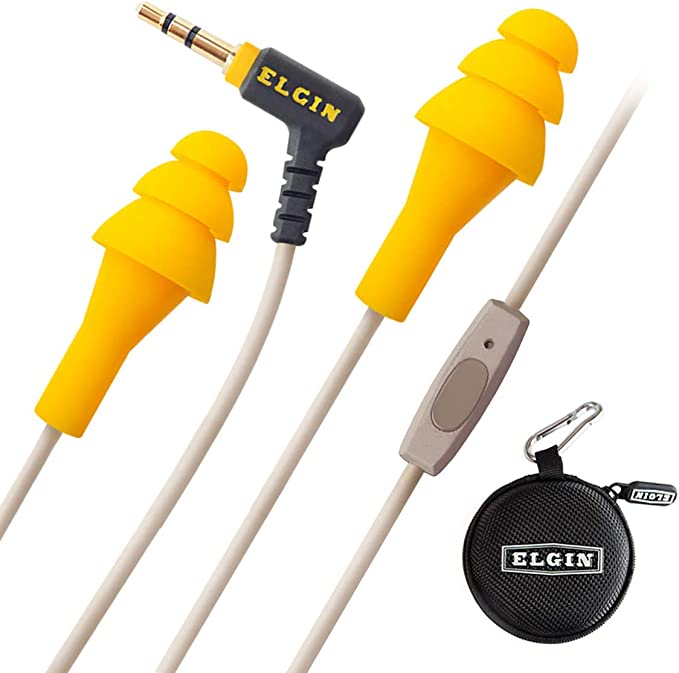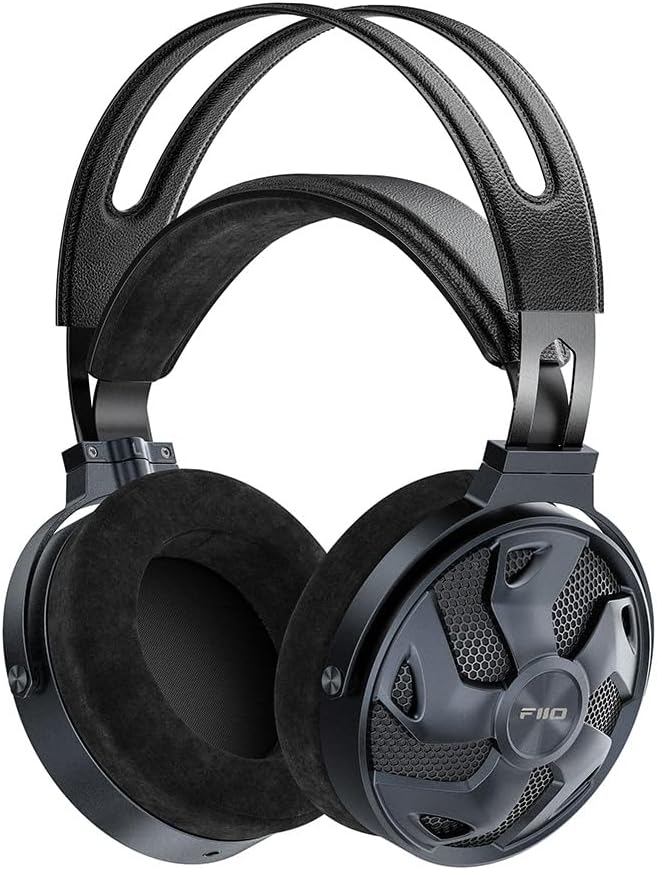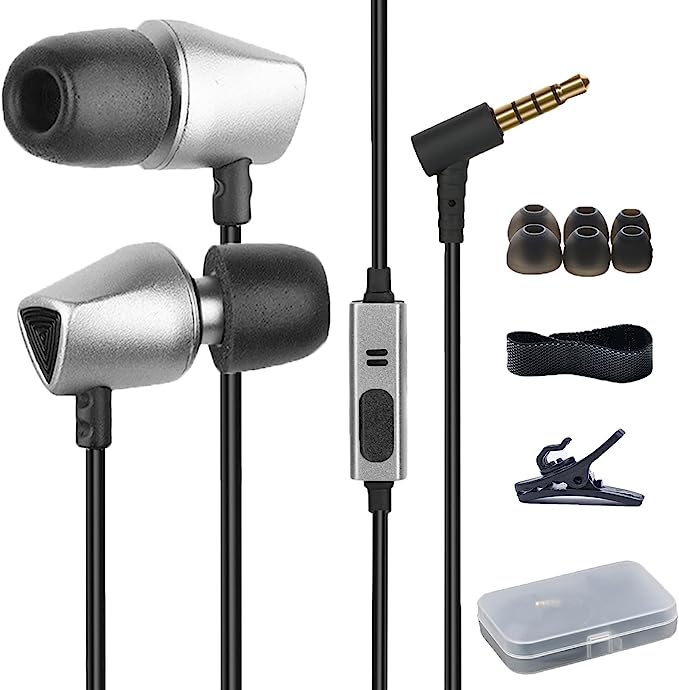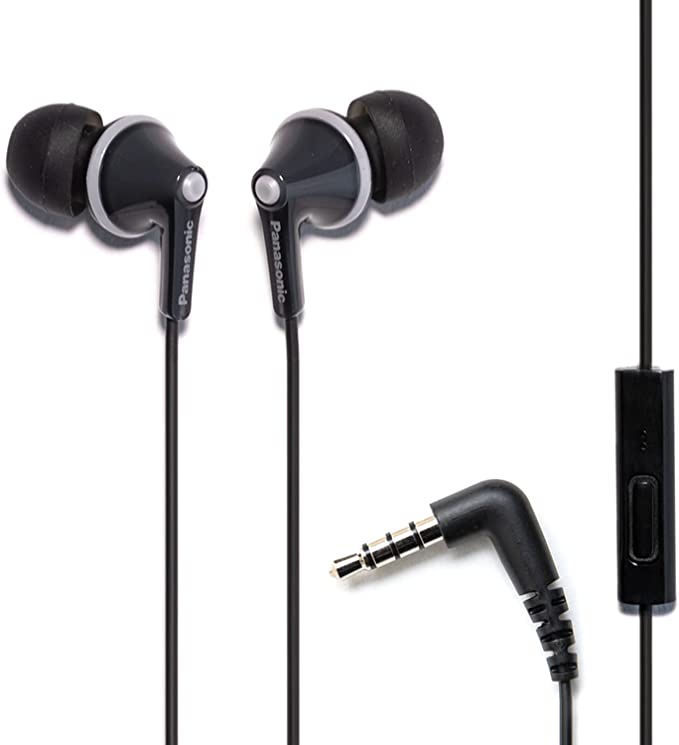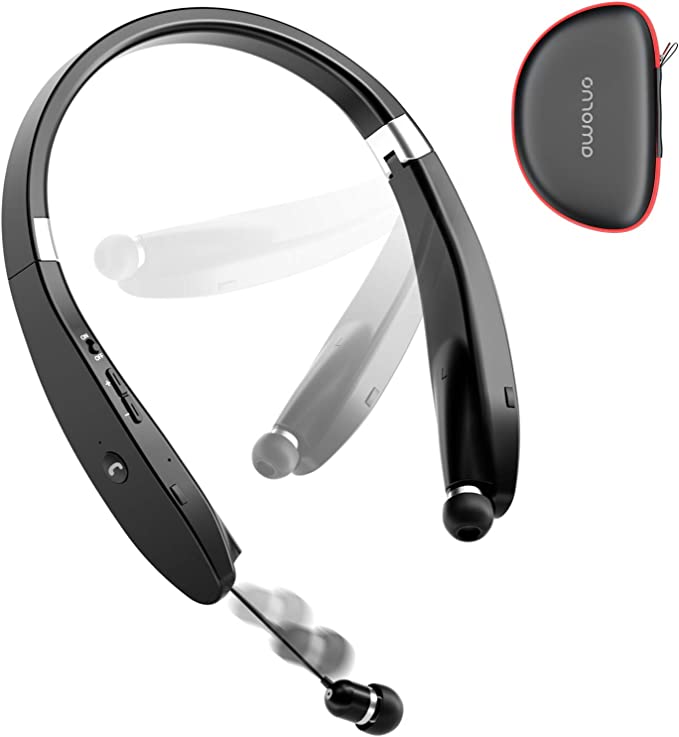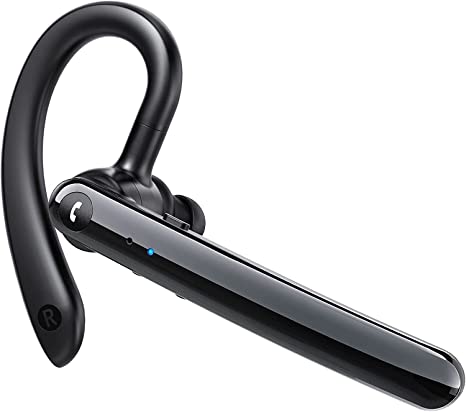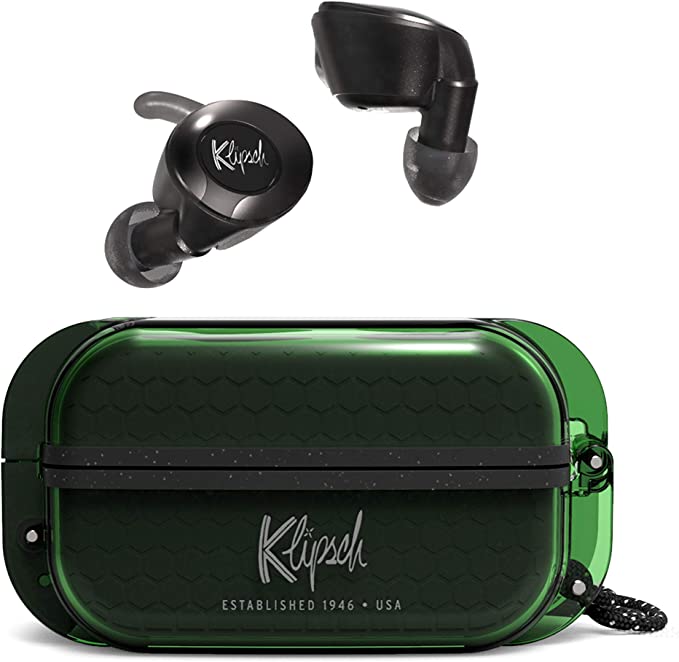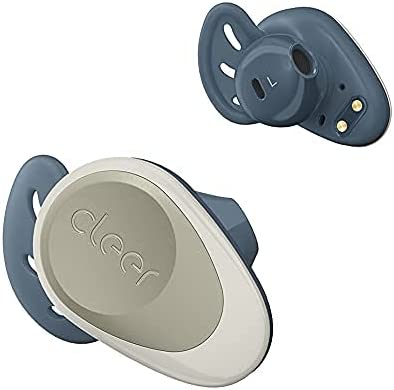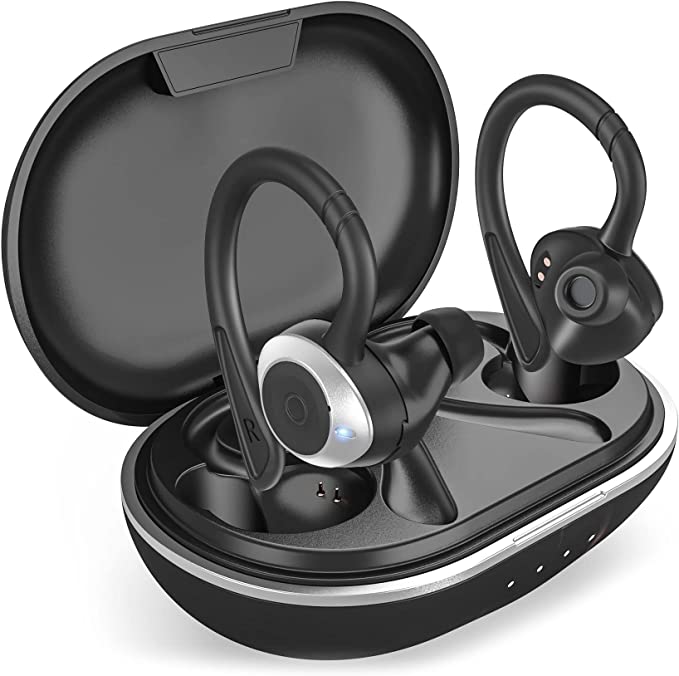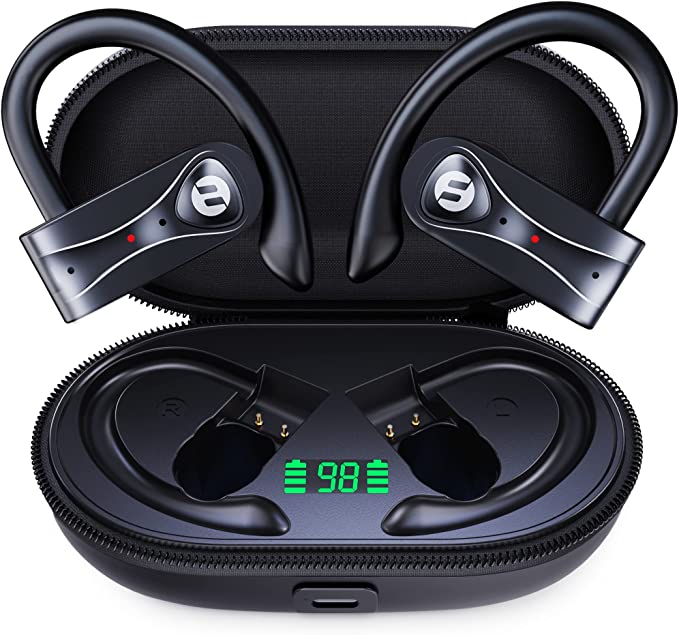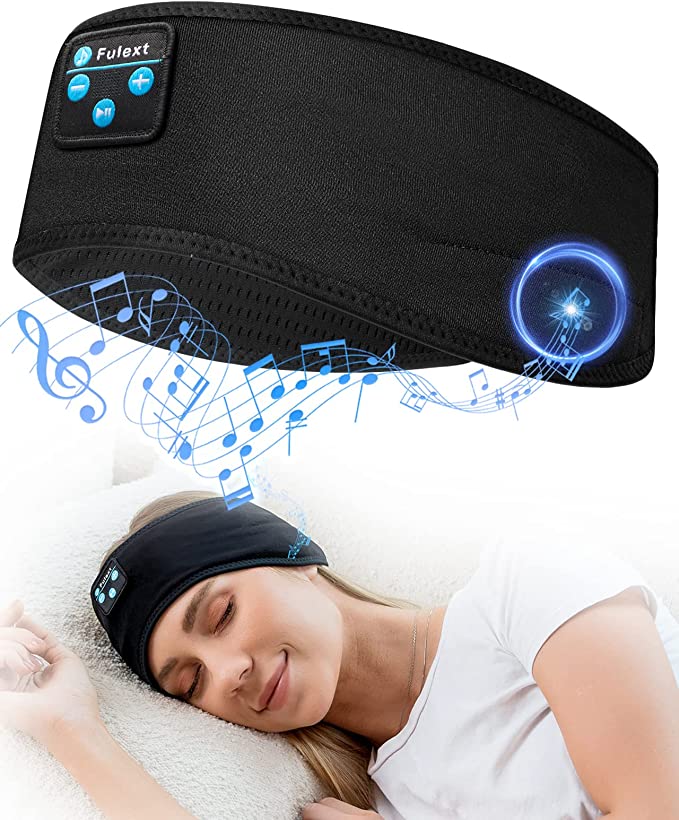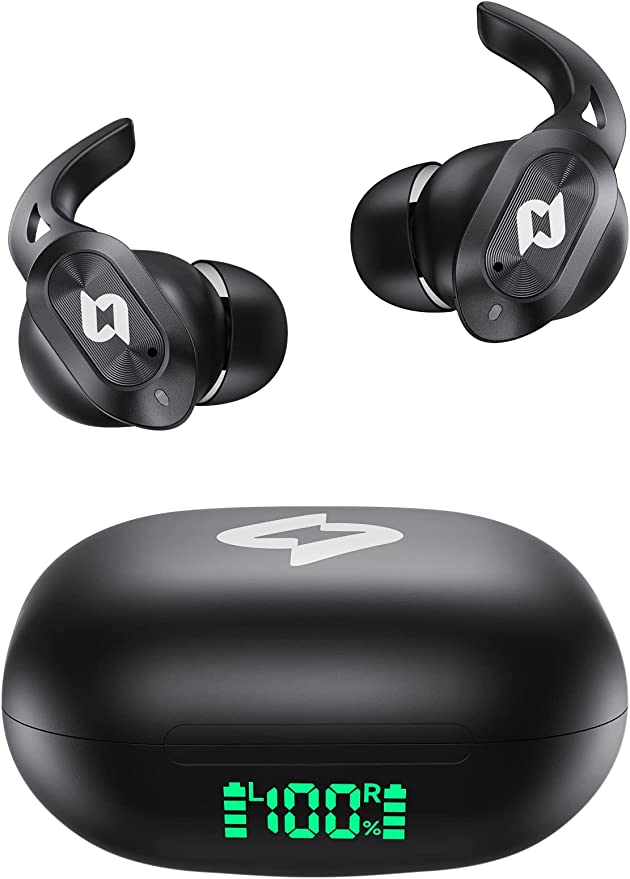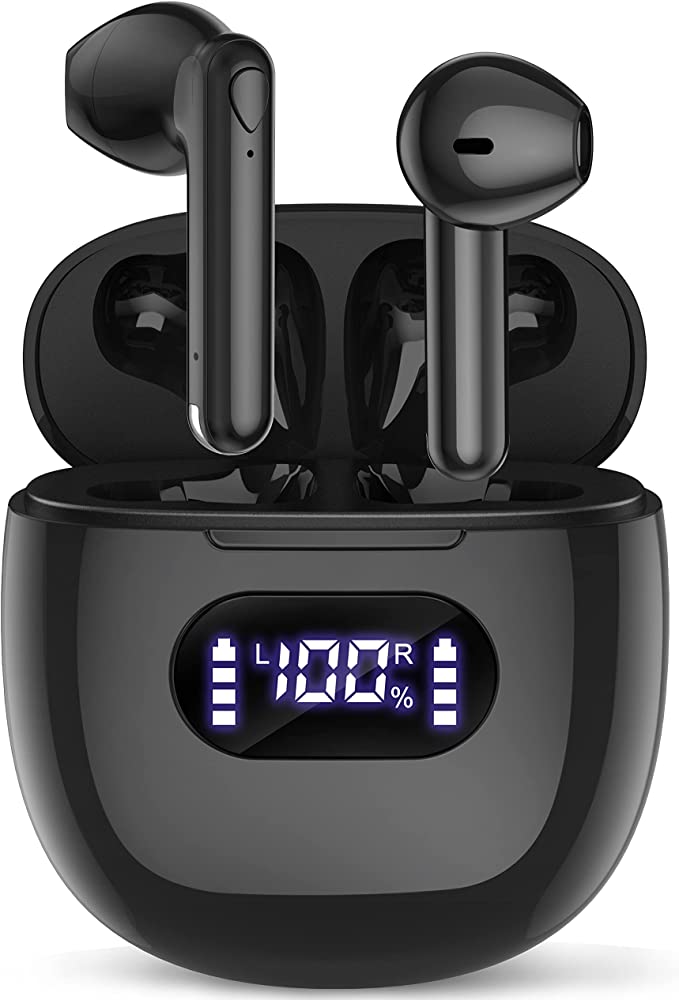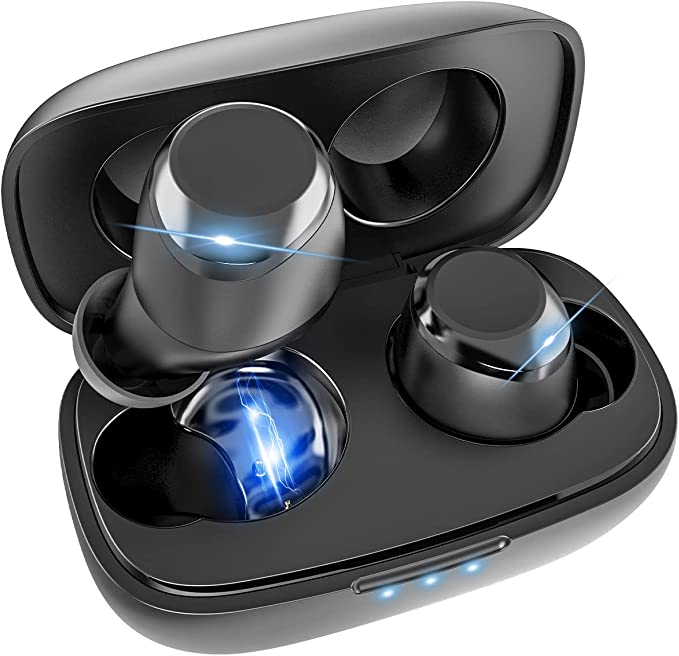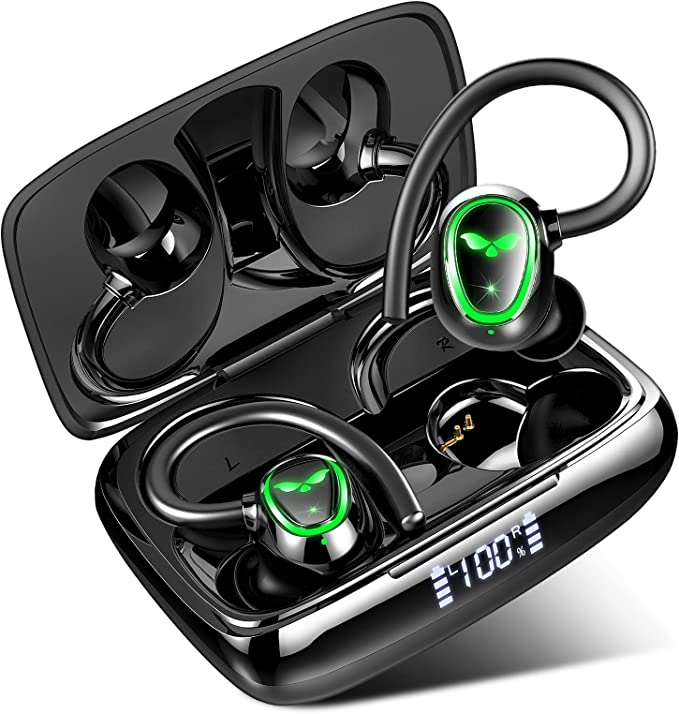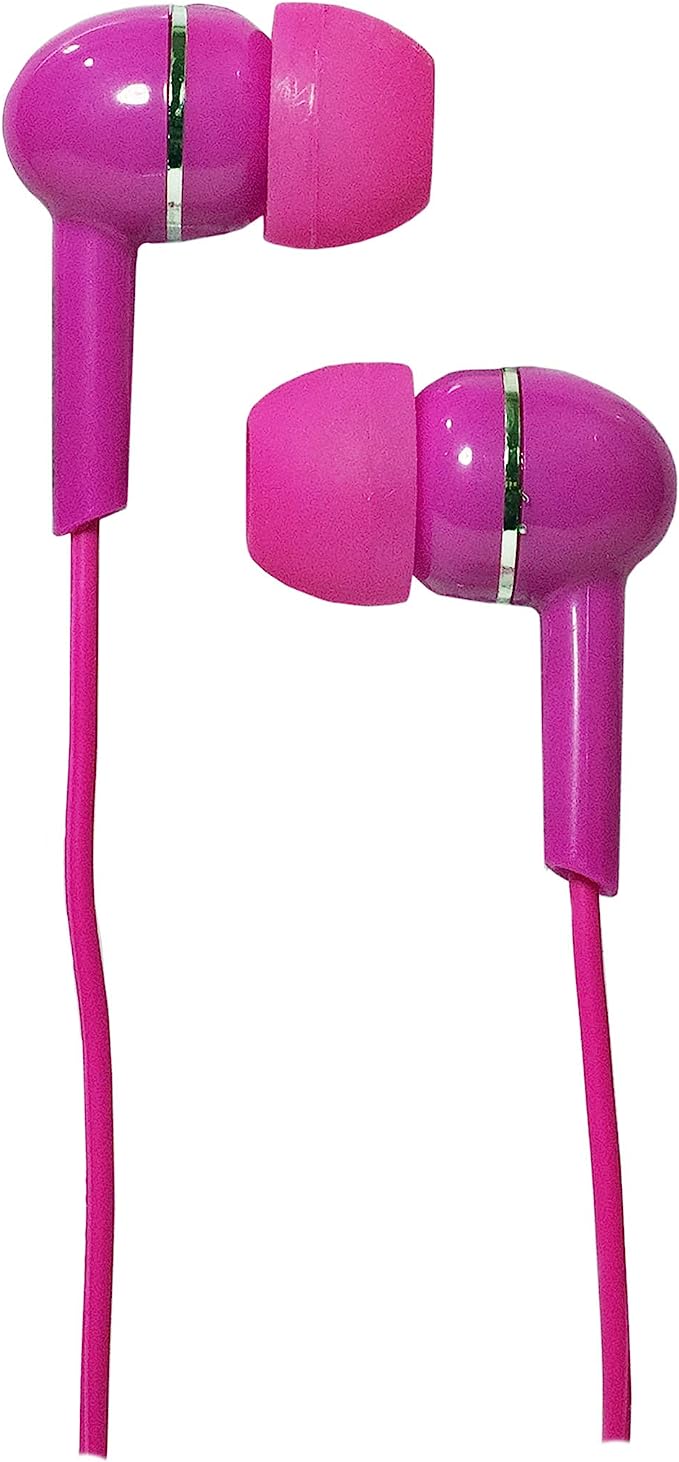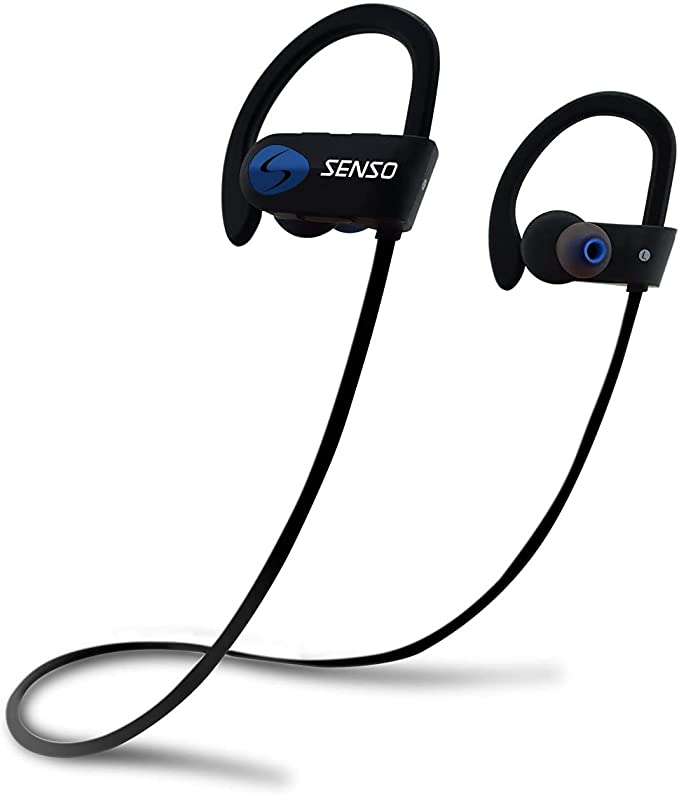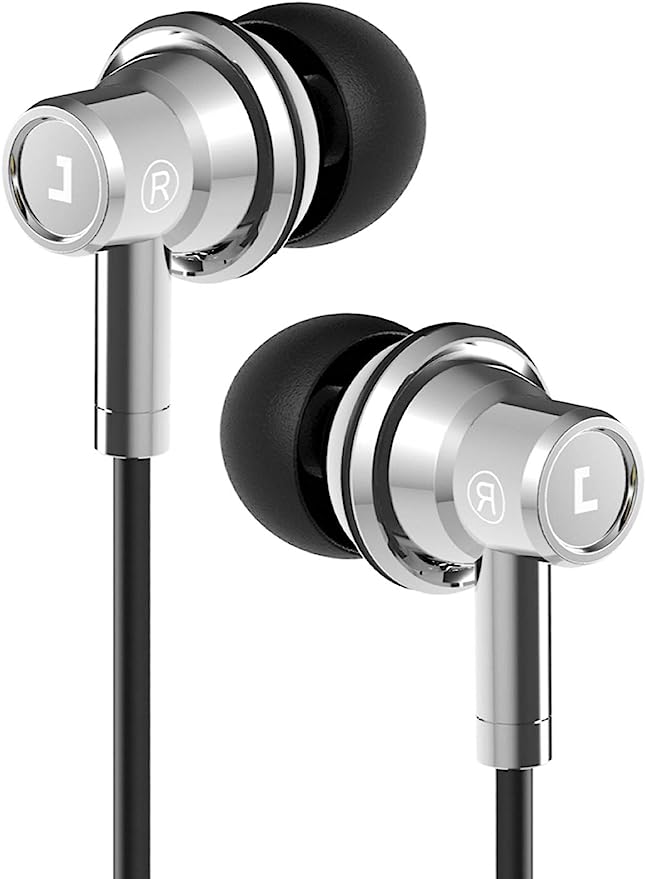Maxell 191569 Jelleez Earbuds: Unpacking Comfort and Sound in an In-Ear Design
Update on July 24, 2025, 3:50 p.m.
There is a unique, almost universal agony familiar to anyone who came of age in the era of portable music: the dull, persistent ache of a hard plastic earbud. It’s the pain that signals the end of a long journey or a late-night study session, a physical reminder that your cheap audio companion has overstayed its welcome. So, when a product like the Maxell 191569 Jelleez Soft EarBuds appears, brandishing promises of a “Soft Rubber Body” and “Comfort Fit” for the staggeringly low price of $6.57, it feels less like a product and more like a prayer answered.
Here, it seems, is the cure for the common ache. A simple, affordable solution. But can true ergonomic comfort—one of the most complex challenges in product design—really be had for less than the cost of a sandwich? A glance at the product’s user reviews reveals a fascinating and contradictory story, transforming these humble earbuds into a case study on the vast chasm between a marketing promise and the hard reality of budget manufacturing.

A Scene of Conflicting Testimonies
On one hand, you have a user like Laura Marks, who calls them an “Excellent choice for comfortable and affordable ear buds,” praising their sound and convenience for daily work. For her, the Jelleez delivered on its promise. On the other hand, a chorus of dissenters paints a starkly different picture. “Super uncomfortable! Hard as a rock,” writes one. Another states bluntly, “There is nothing soft about them, they are hard plastic that doesn’t fit in your ear.” One user, Seandmal, offers a damning verdict on the audio: “They sound like they aren’t fully plugged in and underwater at the same time.”
This isn’t just a matter of subjective opinion. It’s a collection of conflicting data points describing the same physical object. How can one pair of earbuds be both a comfortable solution and a rock-hard torture device? The answer lies not in user error, but deep within the science of fit, materials, and the unforgiving economics of a sub-$10 price tag.
The Investigation, Part I: The Science of Sensation
The first clue lies in the very place the earbud sits: your ear. The outer ear, known to anatomists as the pinna, is an incredibly complex structure of cartilage, folds, and hollows. It is as unique to an individual as a fingerprint. The idea that a single, rigid shape could fit comfortably in every ear is a fallacy of mass production. This is where ergonomics—the science of designing for the human body—comes in.
The Jelleez’s promise of a “Comfort Fit” is an attempt to solve this ergonomic puzzle. But its effectiveness is directly tied to a second, more critical scientific principle: Passive Noise Isolation.
Unlike electronic noise-cancellation, which uses microphones and processors, passive isolation is purely physical. An in-ear headphone is designed to act like a plug, creating a seal within your ear canal. This seal is everything. Think of a high-quality speaker. If you put it in a poorly sealed wooden box, the sound, especially the bass, will be thin, weak, and leaky. Your ear canal is that box.
When a user achieves a good seal, two things happen: outside noise is physically blocked, and the full spectrum of sound, particularly low-frequency bass notes, is trapped and directed toward the eardrum. This creates a rich, immersive sound. When that seal is broken because the earbud doesn’t fit, bass escapes, and the sound becomes the tinny, distant, “underwater” experience that reviewers described. The poor fit isn’t just uncomfortable; it fundamentally breaks the audio experience.
The Investigation, Part II: The Materials Detective
So, if fit is paramount, what about the promise of a “Soft Rubber Body”? This is perhaps the most revealing clue. The word “rubber” is deceptively simple. In the world of premium electronics, a soft, pliable eartip is typically made from medical-grade silicone, a material known for its flexibility and inertness. It is also relatively expensive.
In a $7 pair of earbuds, it is far more likely that the “rubber” in question is a Thermoplastic Elastomer (TPE). TPE is a marvel of materials science—a polymer that can be melted and molded like plastic but possesses the flexibility of rubber. It is cheap, durable, and a perfect compromise for budget manufacturing. However, compared to high-grade silicone, it is significantly firmer and less adaptable.
This single material choice scientifically explains the user-review paradox. For someone accustomed to the unforgiving rigidity of old-school ABS plastic earbuds, a TPE body might indeed feel “soft” by comparison. But for anyone expecting the gentle, conforming cushion of a modern silicone tip, that same TPE body will feel, as one user put it, “hard as a rock.” The marketing isn’t necessarily a lie, but it’s a truth built on a carefully chosen, cost-effective definition of “soft.”
The Motive: The Economics of a $7 Price Tag
Ultimately, every mystery in budget electronics leads back to the same culprit: the price. The Bill of Materials (BOM) for a product like the Jelleez is a study in fractions of a cent. From the tiny speaker drivers to the copper wire, the plastic housing, and the labor to assemble it, every component is chosen to meet an aggressive, non-negotiable cost target.
From this perspective, the Maxell Jelleez is not a design failure; it is a triumph of compromise. It is an object engineered not for universal comfort, but to successfully exist at a $7 price point. The design team made calculated decisions—choosing TPE over silicone, opting for a simple, non-customizable shape. The final, unpredictable variable left in this equation is the unique anatomy of the end user’s ear. The product’s success or failure is determined at the very last moment, when it is placed in an ear it was never truly custom-made for.
The Verdict: A Lesson, Not a Recommendation
So, should you buy the Maxell Jelleez? That’s the wrong question. A better question is: what can we learn from it?
These earbuds are one of the best educational tools in consumer technology, all for the price of a coffee. They teach us to look past marketing buzzwords and to understand that “comfort” is a deeply scientific and personal metric. They teach us that the fit of an earbud is not a secondary feature but the very foundation of its sound quality. Most importantly, they reveal the invisible art of compromise that defines every affordable gadget we own.
The Maxell Jelleez is a gamble. It might just be the comfortable, cheap solution you’re looking for. More likely, it will serve as a tangible lesson in the complex dance between design, science, and cost. And armed with that knowledge, you are no longer just a consumer, but a smarter, more critical observer of the technology you invite into your life.
